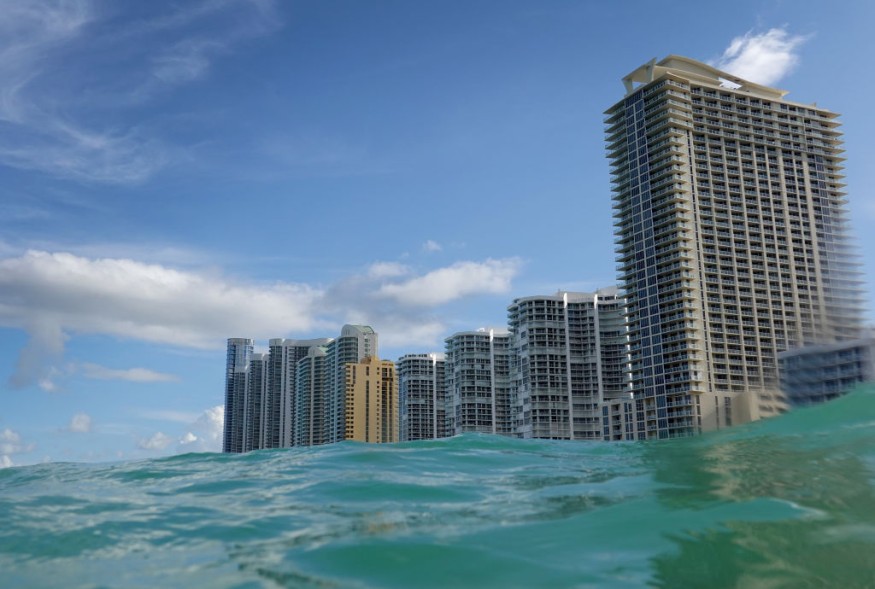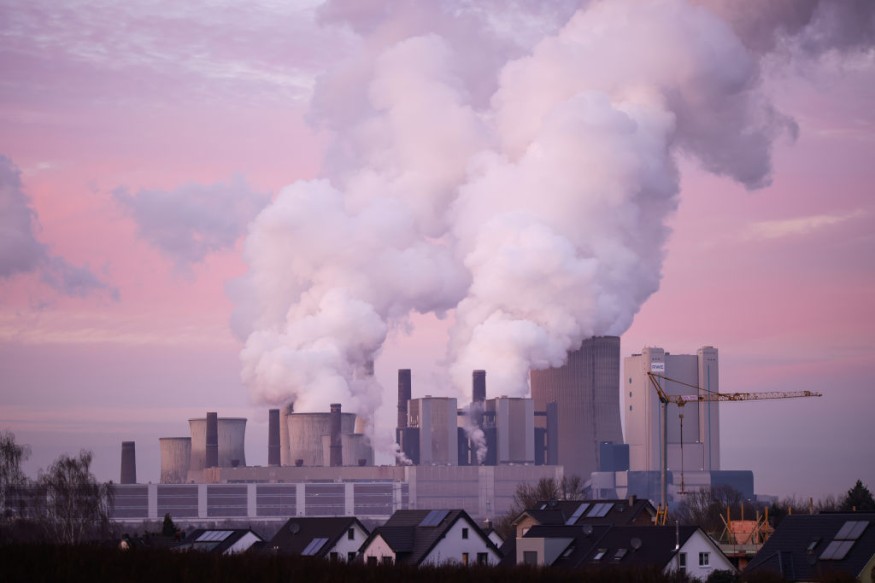Climate change is already inflicting catastrophic and lasting loss and harm to human and ecological systems, according to the Intergovernmental Panel on Climate Change, which has issued a stronger warning than ever before.

Exceeding 1.5 degrees Celsius would result in much more irreparable damage, from which no full recovery is feasible.
Extinctions
Species extinction, the loss of entire ecosystems on land and in the oceans, and more severe weather events like droughts, floods, heat waves, and fires that jeopardize water supplies, ecosystems, and livelihoods are among the disastrous effects of reaching 1.5 degrees Celsius.
It also runs the danger of activating climate system tipping points and feedbacks, hastening the climate disaster.
Climate Geoengineering
In the realm of climate geoengineering, some scientists are searching for technical answers - untested, high-risk methods like carbon dioxide removal (CDR) and solar radiation control (SRM).
Interest in high-risk technology has surged in some government circles and polluting industries like fossil fuels, mining, and aviation - as well as Silicon Valley.
However, according to the newest IPCC assessment, they might cause catastrophic occurrences, especially in sensitive areas of the world, and present a slew of new, severe risks to people and ecosystems.
Threatening the Environment
Ecosystems, biodiversity, food and water security, livelihoods, and land rights are all threatened by large-scale technological CDR, especially for indigenous peoples and local populations. The 2018 special report on 1.5C warned against putting too much faith in CDR, doubting its social and environmental viability.
CDR also has limitations: the most recent IPCC assessment, released in August, indicated that CO2 reductions would be largely offset by CO2 released from oceans and terrestrial reservoirs, with just a tiny proportion remaining out of the atmosphere. CDR's efficiency in correcting temperature overshoot is further hampered by uncertainty surrounding permanent storage.
At warming levels over 1.5°C, the chances of activating tipping points and feedbacks, such as permafrost thawing and forest ecosystem deterioration, grow dramatically, further decreasing the capacity to recover from an overshoot.
Finally, other severe changes in the global climate system, such as rising sea levels, which threaten the existence of small island nations and low-lying coastal areas, as well as the millions of people who live there, would not be reversed but would persist for hundreds or millennia.
To prevent temperature overshoot, some people propose using solar geoengineering.
Warnings from the IPCC

The IPCC has repeatedly warned of large-scale climate modification's grave dangers and potentially catastrophic consequences. In its summary for policymakers, the most recent IPCC assessment warns that SRM techniques "bring a vast range of additional dangers to humans and ecosystems, which are not well understood."
SRM carries a severe danger of changing regional and seasonal rainfall patterns and ozone depletion, ocean acidification, and other known and undiscovered negative consequences.
Because SRM just "masks" temperature rise rather than addressing the core cause of the problem, a sudden end to it would result in a significant acceleration of climate change - a so-called "termination shock" - making adaptation difficult for many species and ecosystems.
Outside of the IPCC, opposition to SRM is growing: over 240 eminent worldwide scientists have asked for a solar geoengineering non-use agreement that would essentially stop SRM from progressing.
A recent SRM equipment test over indigenous land in Kiruna, Sweden, was canceled amid vociferous objections from the Saami Council and environmental groups. They believe that climate modification is fundamentally incompatible with indigenous cosmology.
The only logical conclusion is that we must, by all means necessary, begin on pathways that prevent a 1.5°C overshoot and climatic collapse.
Time is Running Out
Without question, time is running out: according to IPCC Working Group I, the 1.5°C limits will be exceeded in the early 2030s under most emission scenarios. However, adhering to the 1.5°C limits is critical, and taking strong, decisive, and rapid steps to transition to climate-just pathways can help reduce the climate catastrophe and its negative consequences.
This necessitates a swift and complete phase-out of all fossil fuels - oil, gas, and coal - led by affluent producing countries in the global north, which must occur far sooner than many mitigation scenarios predict.
Additional pathways to social and climate justice include democratic energy systems based entirely on solar and wind, public transportation, agroecological transformations of our food systems, reductions in energy and resource consumption in the affluent global north, and the restoration and regeneration of the world's vital ecosystems, as well as the protection of communal land rights, particularly by indigenous peoples and local communities.
Climate hacking fantasies are the pinnacle of climate injustice: they divert attention from the urgent need to act on safe, proven, and practical measures immediately. The fossil fuel sector uses it as a diversionary tool to continue polluting, and it risks aggravating climate instability.
Related Article : How Climate Misinformation Through Social Media Worsens the Battle Against Climate Change
For more news about similar news, don't forget to follow Nature World News!
© 2025 NatureWorldNews.com All rights reserved. Do not reproduce without permission.





